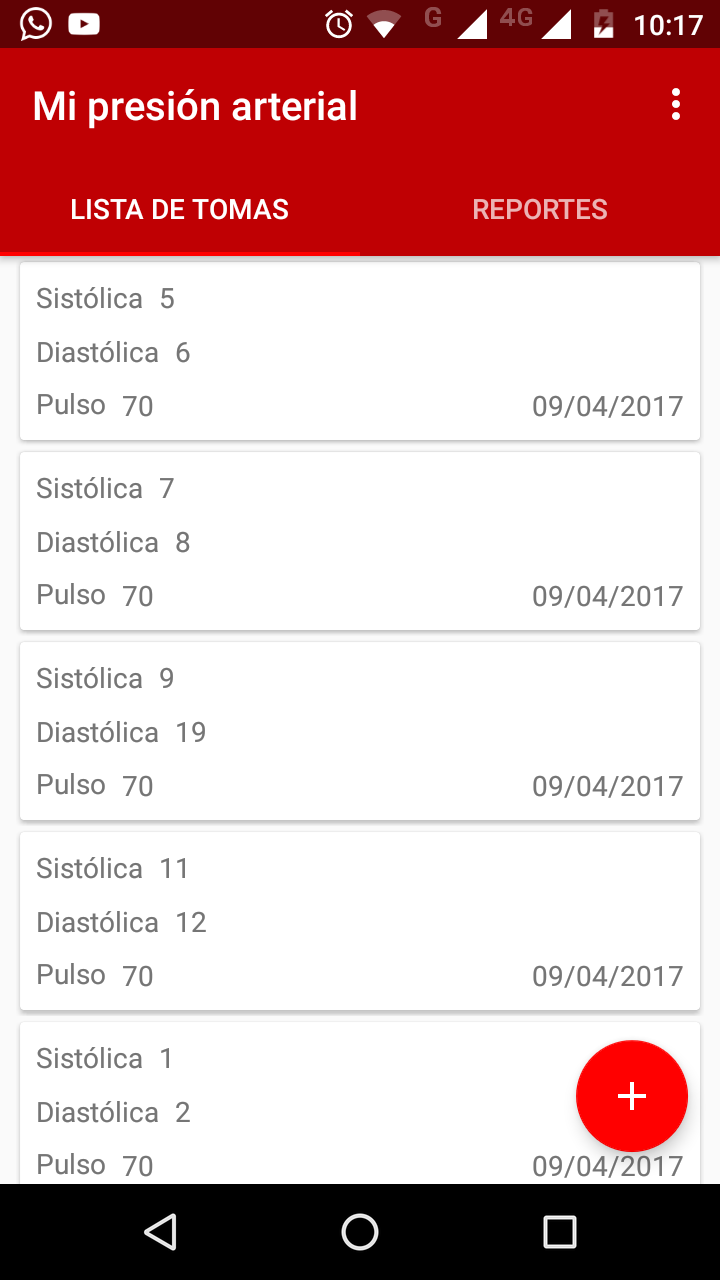Java 8 从一对多分组
时间:2023-09-26问题描述
我想学习如何将 Java 8 语法与流一起使用,但有点卡住了.
I want to learn how to use the Java 8 syntax with streams and got a bit stuck.
如果每个值都有一个键,那么 groupingBy 就很容易了.但是,如果我对每个值都有一个键列表并且仍然想用 groupingBy 对它们进行分类怎么办?我是否必须将其分解为多个语句,或者是否可以使用一些流魔术来使其更简单.
It's easy enough to groupingBy when you have one key for every value. But what if I have a List of keys for every value and still want to categorise them with groupingBy? Do I have to break it into several statements or is there possibly a little stream magic that can be done to make it simpler.
这是基本代码:
List<Album> albums = new ArrayList<>();
Map<Artist, List<Album>> map = albums.stream().collect(Collectors.groupingBy(this::getArtist));
如果每张专辑只有一位艺术家,效果会很好.但我必须返回一个列表,因为一个专辑可以有很多艺术家.专辑和艺术家当然是用来说明的,我有真实世界的类型..
It works great if there is only one Artist for every Album. But I must return a List since an Album can have many Artists. Album and Artist are used for illustration of course, I have real-world types..
可能有一个简单的解决方案,但我有一段时间没有找到它,所以我呼吁这个网站所代表的集体大脑来解决它.:) 如果不存在简单的解决方案,也欢迎使用复杂的解决方案.
There's probably a simple solution but I haven't found it in a while so I'm calling on the collective brain this site represents to solve it. :) A complex solution is also welcome in case a simple one doesn't exist.
在 Album 类中或作为以 Album 作为参数的实用方法:
In Album class or as an utility method taking an Album as argument:
Artist getArtist(); // ok
List<Artist> getArtist(); // Not ok, since we now have many "keys" for every Album
干杯,迈克尔·格雷夫
推荐答案
我想你是在 Collectors.mapping 之后,它可以作为第二个参数传递给 groupingBy
I think you are after Collectors.mapping which can be passed as a second argument to groupingBy
完整示例
import java.util.AbstractMap;
import java.util.List;
import java.util.Map;
import static java.util.Arrays.asList;
import static java.util.Map.Entry;
import static java.util.stream.Collectors.*;
public class SO {
public static void main(String... args) {
List<Album> albums = asList(
new Album(
asList(
new Artist("bob"),
new Artist("tom")
)
),
new Album(asList(new Artist("bill")))
);
Map<Artist, List<Album>> x = albums.stream()
.flatMap(album -> album.getArtist().stream().map(artist -> pair(artist, album)))
.collect(groupingBy(Entry::getKey, mapping(Entry::getValue, toList())));
x.entrySet().stream().forEach(System.out::println);
}
static class Artist {
private final String name;
Artist(String name) {
this.name = name;
}
public String toString() {return name;}
}
static class Album {
private List<Artist> artist;
Album(List<Artist> artist) {
this.artist = artist;
}
List<Artist> getArtist() {
return artist;
}
}
private static <T,U> AbstractMap.SimpleEntry<T,U> pair(T t, U u) {
return new AbstractMap.SimpleEntry<T,U>(t,u);
}
}
这篇关于Java 8 从一对多分组的文章就介绍到这了,希望我们推荐的答案对大家有所帮助,也希望大家多多支持html5模板网!
相关文章
 如何检测 32 位 int 上的整数溢出?How can I detect integer overflow on 32 bits int?(如何检测 32 位 int 上的整数溢出?)
如何检测 32 位 int 上的整数溢出?How can I detect integer overflow on 32 bits int?(如何检测 32 位 int 上的整数溢出?) return 语句之前的局部变量,这有关系吗?Local variables before return statements, does it matter?(return 语句之前的局部变量,这有关系吗?)
return 语句之前的局部变量,这有关系吗?Local variables before return statements, does it matter?(return 语句之前的局部变量,这有关系吗?) 如何将整数转换为整数?How to convert Integer to int?(如何将整数转换为整数?)
如何将整数转换为整数?How to convert Integer to int?(如何将整数转换为整数?) 如何在给定范围内创建一个随机打乱数字的 intHow do I create an int array with randomly shuffled numbers in a given range(如何在给定范围内创建一个随机打乱数字的 int 数组)
如何在给定范围内创建一个随机打乱数字的 intHow do I create an int array with randomly shuffled numbers in a given range(如何在给定范围内创建一个随机打乱数字的 int 数组) java的行为不一致==Inconsistent behavior on java#39;s ==(java的行为不一致==)
java的行为不一致==Inconsistent behavior on java#39;s ==(java的行为不一致==) 为什么 Java 能够将 0xff000000 存储为 int?Why is Java able to store 0xff000000 as an int?(为什么 Java 能够将 0xff000000 存储为 int?)
为什么 Java 能够将 0xff000000 存储为 int?Why is Java able to store 0xff000000 as an int?(为什么 Java 能够将 0xff000000 存储为 int?)
最新文章
- 不推荐使用 MapReduceBase 和 Mapper
- 简单的 Java Map/Reduce 框架
- Hadoop 1.2.1 - 多节点集群 - Wordcount 程序的减速器阶
- 如何在 Hadoop-.20 api 中指定 KeyValueTextInputFormat 分隔
- CombineFileInputFormat Hadoop 0.20.205 的实现
- hadoop java.net.URISyntaxException:绝对 URI 中的相对路径
- 在 Hadoop 中更改文件拆分大小
- Java8:哈希映射<X,Y>到HashMap<X,
- 系统覆盖android 4.0
- 控制台应用程序中的 Java 键盘输入解析
 如何使用 SimpleDateFormat.parse() 将 Calendar.toString()How can I Convert Calendar.toString() into date using SimpleDateFormat.parse()?(如何使用 SimpleDateFormat.parse() 将 Calendar.toString() 转换为日期?)
如何使用 SimpleDateFormat.parse() 将 Calendar.toString()How can I Convert Calendar.toString() into date using SimpleDateFormat.parse()?(如何使用 SimpleDateFormat.parse() 将 Calendar.toString() 转换为日期?)